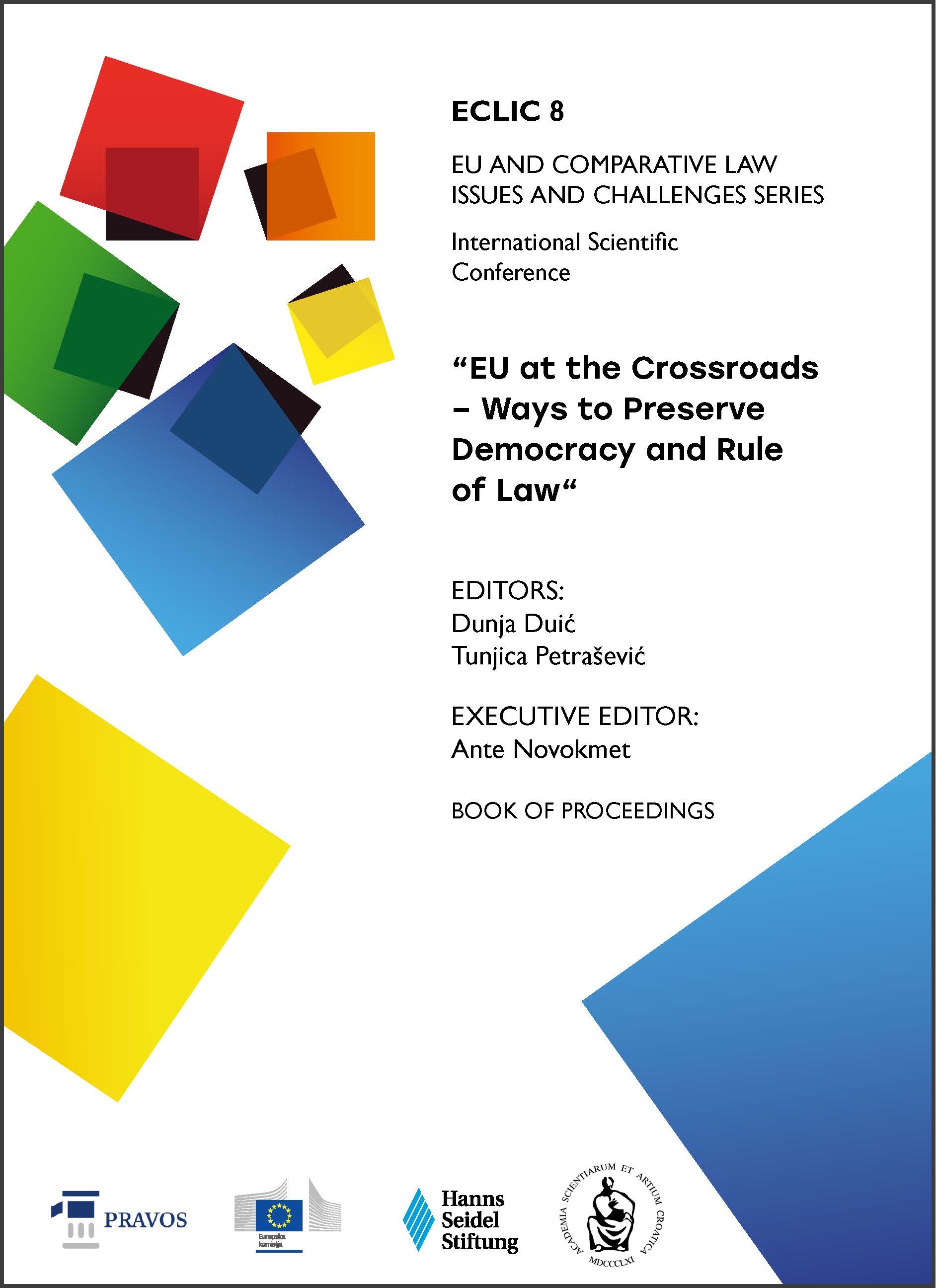ARTIFICIAL INTELLIGENCE IN CYBERSECURITY
EXAMINING LIABILITY, CRIME DYNAMICS, AND PREVENTIVE STRATEGIES
DOI:
https://doi.org/10.25234/eclic/32299Abstract
This research comprehensively explores the interplay between artificial intelligence (AI) crime and cybersecurity. The study aims to perform a criminological analysis to understand AI’s impacts on cybersecurity, highlighting its benefits and potential risks.
A significant aspect of this research is investigating liability issues associated with AI’s deployment. These concerns are not limited to specific applications, such as self-driving vehicles, but extend across various AI-utilizing sectors. AI’s capability to autonomously make decisions, sometimes with severe implications for individuals, poses the critical question of responsibility. When AI-driven decisions lead to adverse outcomes, the dilemma arises: who should be held accountable - the developers, the users, or the AI itself?
Another vital research question examines how AI influences cybercrime. This study scrutinises AI’s role in transforming cybercrime’s nature and the new security risks it introduces. It questions the adequacy of current criminal laws in addressing novel crime forms emerging from AI advancements and explores how these laws might need to evolve. Moreover, the research investigates AI’s role in amplifying or simplifying traditional crimes, such as through the creation of phishing programs or the use of DeepFake in identity theft.
The impact of AI on digital evidence forms another critical area of investigation. AI algorithms, capable of efficiently analysing vast data sets, can significantly aid in crime detection and perpetrator identification. However, this advancement also raises concerns about the authenticity of digital evidence. Technologies like deepfake, capable of producing convincing fake images and videos, present a formidable challenge in distinguishing real from fabricated evidence, especially in legal contexts.
Lastly, the research delves into AI’s potential in crime prevention. It assesses how AI-driven predictive models can identify likely crime hotspots and timings, enabling more effective resource allocation by police and security services. The study also explores advancements in AI’s facial and object recognition technologies, highlighting their potential in criminal identification.
In summary, this research offers a detailed examination of AI’s multifaceted impact on cybersecurity, liability issues, cybercrime, digital evidence, and crime prevention, presenting a nuanced understanding of AI’s challenges and opportunities in law enforcement and legal accountability.
Downloads
Published
How to Cite
Issue
Section
License
Copyright (c) 2024 Herke Csongor, Dávid Tóth

This work is licensed under a Creative Commons Attribution-NonCommercial 4.0 International License.
Authors retain the copyright on the papers published in the Journal, but grant the right of first publication to the Journal. Papers accepted for publication or already published in ECLIC of the Faculty of Law in Osijek may be published by the author(s) in other publications only with proper notice of its previous publication in ECLIC.


